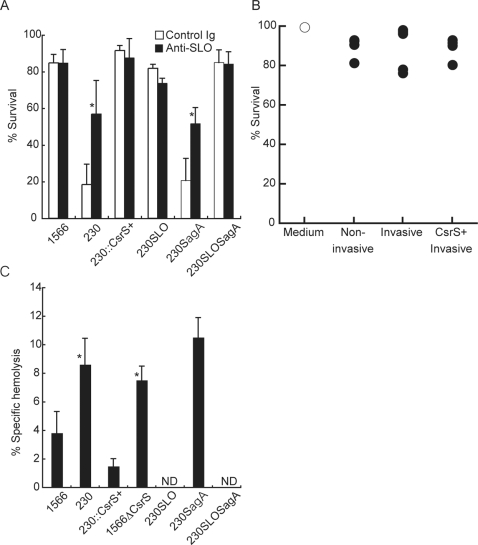Figure 3. Severe invasive GAS killed PMN by SLO in a contact-dependent manner.
(A) The viability of viable PMN that migrated in lower wells of transwell system was estimated as Figure 2. To investigate the role of SLO in PMN survival, lower wells consisted of IL-8 in the presence of either polyclonal rabbit anti-SLO antibodies (25 µg/ml at a final concentration, closed column) or control rabbit IgG (open column), together with either non-invasive GAS (1566), invasive GAS (NIH230), an csrS-transduced NIH230 (NIH230::csrS+), an SLO deficient NIH230 mutant (NIH230slo), an SLS deficient NIH230 mutant (NIH230sagA), or SLO and SLS double mutant (NIH230slosagA). Values are mean±SD. *p<0.05 estimated by Student's t-test. (B) No substances secreted from GAS reduced PMN viability. PMN was incubated for 2 hours with supernatants from co-culture of IL-8 and invasive or non-invasive GAS and live cell number was examined as described in Figure 2C. (C). SLO-specific hemolytic activity for sheep erythrocytes in supernatants from overnight culture of invasive or non-invasive GAS as listed in (A). Forty-five minutes after incubation, the absorbance of culture supernatants was measured at 540 nm and the SLO-specific hemolytic activity was calculated as described in methods and presented as the mean±SD. The results represent one of two independent experiments. *p<0.05 significantly higher than non-invasive strain 1566 estimated by ANOVA. ‘ND’ represents less than 0.5% hemolysis.

